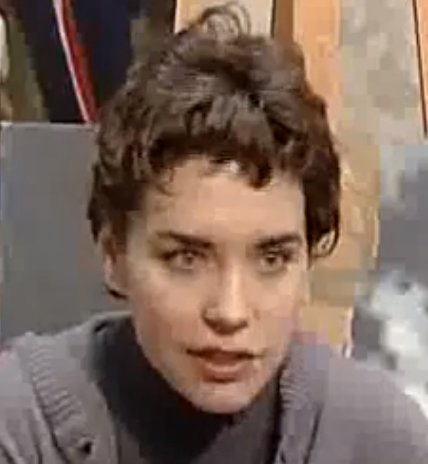It’s been more than four decades since the University of Memphis constructed its current recreation and fitness center, which provides students with a place to exercise, play intramural sports, and swim laps.
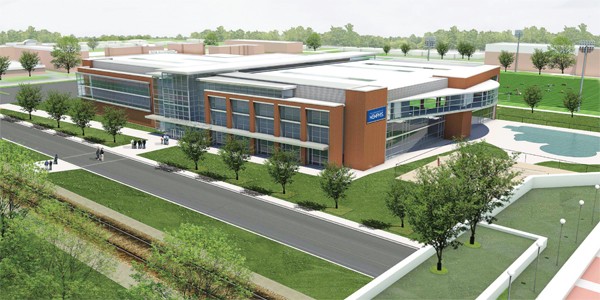
An artist’s rendering of the U of M’s planned recreational facility
Now, the U of M has plans to construct a new $62 million recreational facility. It will feature a quarter-mile indoor track, juice bar, four-court divisible gym, multi-purpose fitness center with a climbing wall, and outdoor leisure pool. It will be located along Southern Avenue north of the existing center at 620 Echles.
“The new center will greatly expand and enhance opportunities for students to enjoy wellness activities such as intramurals and club sports, group fitness classes, and other expanded recreational and fitness activities,” said Jim Vest, director of Campus Recreation Intramural Services. “Cardio and weight rooms will be easier to use because we will have more space. This will not only promote fitness among students, it will also boost academic achievement, retention, and graduation rates, since studies show that physical fitness enhances students’ academic performance.”
The new facility will also boast three full-size turf fields, basketball courts, and tennis courts. A land bridge will make the center accessible from the northern part of the campus. Construction of the 192,500 square-foot facility is expected to begin during the 2015-16 academic year and will be implemented in three phases. It’s scheduled to open in 2018.
Vest said the first phase would involve relocating the tennis courts from the current facility and creating new parking spaces. An additional $24 million will be spent on a parking garage.
The construction of the new center and $18 million land bridge will be included in the second phase.
After the new recreational facility is in operation, the third phase will be implemented: demolishing the existing recreation center and replacing it with three lighted artificial turf fields.
The school’s current rec center has three full-size gyms, indoor and outdoor 50-meter swimming pools, an aerobics studio, sauna, a cardio room, and free weight room. It houses the Larry O. Finch Facility and Campus Recreation Intramural Services.
The decision to create a new rec center came about after students expressed dissatisfaction with the existing rec center’s inadequate space and amenities.
Hastings and Chivetta Architects, Inc. conducted a development study in May 2013, which found limited field and gym space for intramurals and club sports, long waits to use equipment in the cardio and weight rooms, and congestion to be issues impacting students’ experience at the facility.
“Constructed in 1971, the existing student recreation and fitness center is not large enough to meet the needs of the current student population,” Vest said. “The development study showed that U of M students would benefit from the construction of a new recreation center, which would offer expanded facilities and new amenities.”
The study was presented to the Student Government Association (SGA) in September 2013. The SGA recently approved a student fee increase of $307 over the 2014-15 academic year to fund construction of the new center.
“By offering students a state-of-the-art facility, we hope to encourage fitness and wellness among students and the U of M community,” West said. “The new recreation center will result in an enhanced academic experience, because engaged students are more likely to be successful students.”
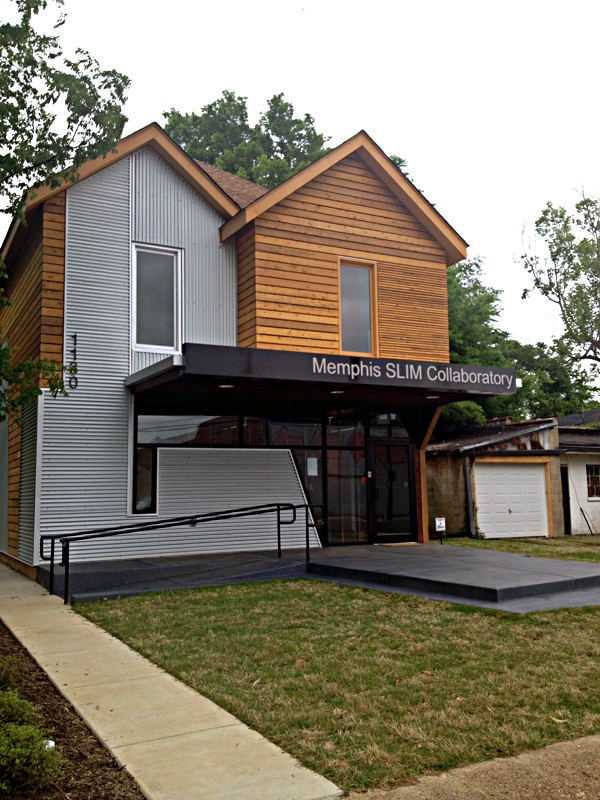 Bianca Phillips
Bianca Phillips 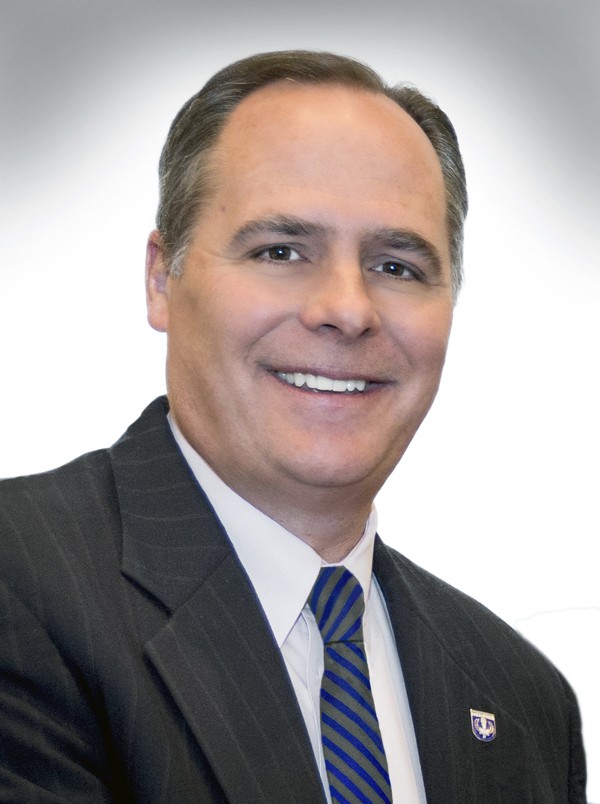
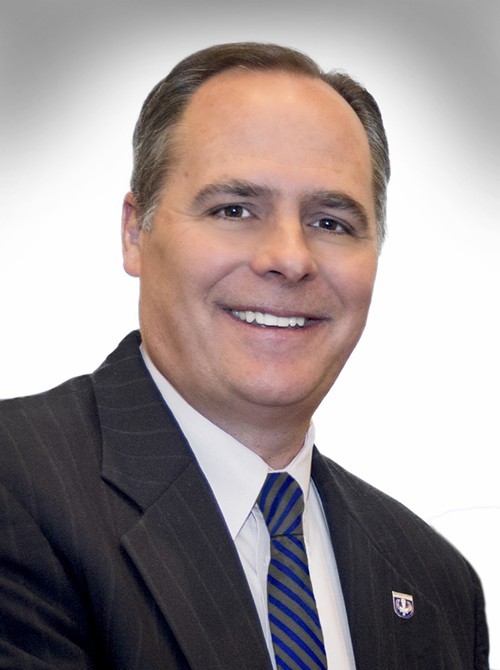
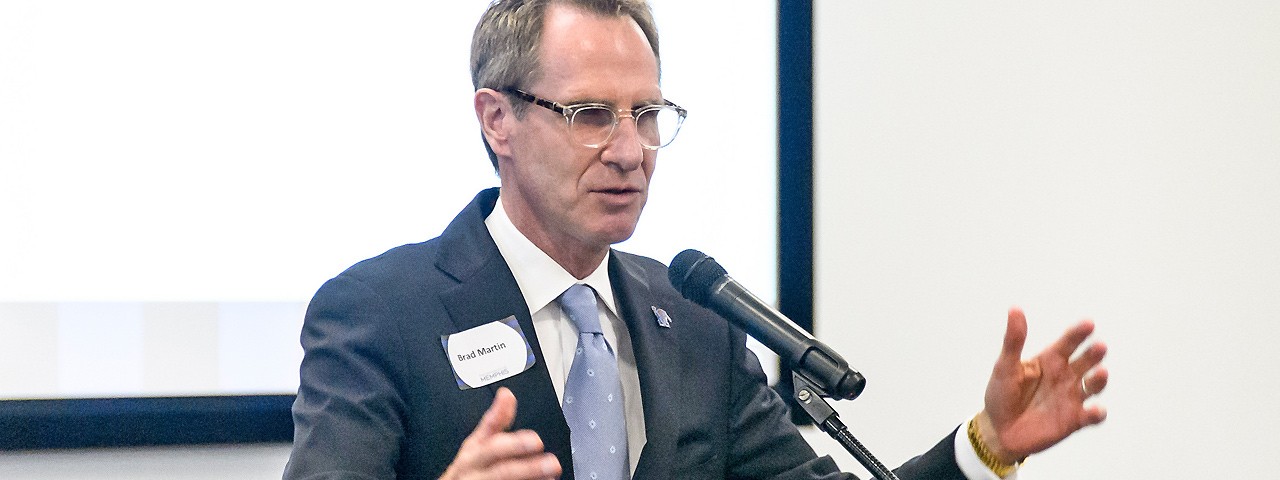
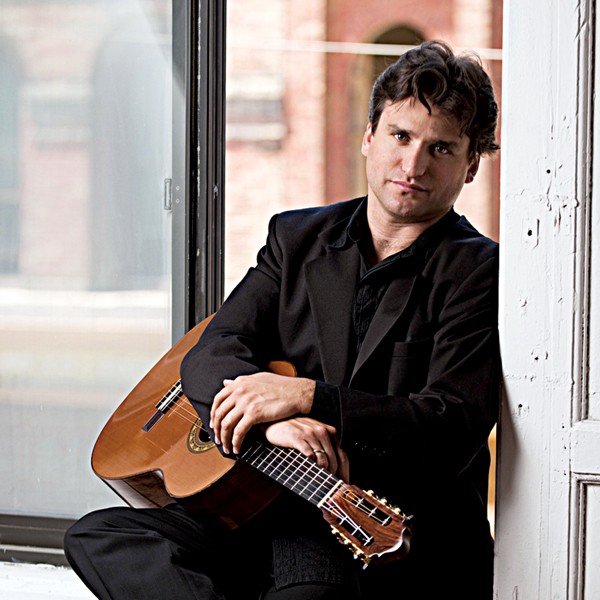
 Kelly Davidson
Kelly Davidson 